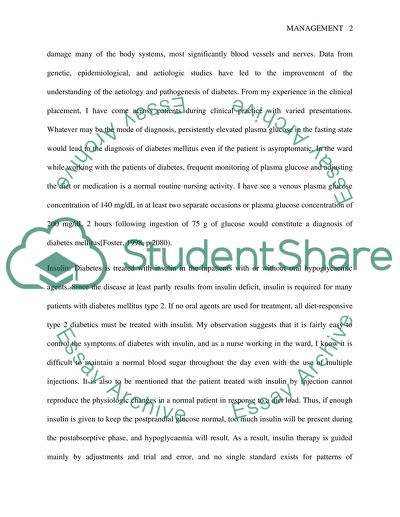Cite this document
(“Management of hypoglycemia Essay Example | Topics and Well Written Essays - 3000 words”, n.d.)
Management of hypoglycemia Essay Example | Topics and Well Written Essays - 3000 words. Retrieved from https://studentshare.org/nursing/1513734-management-of-hypoglycemia
Management of hypoglycemia Essay Example | Topics and Well Written Essays - 3000 words. Retrieved from https://studentshare.org/nursing/1513734-management-of-hypoglycemia
(Management of Hypoglycemia Essay Example | Topics and Well Written Essays - 3000 Words)
Management of Hypoglycemia Essay Example | Topics and Well Written Essays - 3000 Words. https://studentshare.org/nursing/1513734-management-of-hypoglycemia.
Management of Hypoglycemia Essay Example | Topics and Well Written Essays - 3000 Words. https://studentshare.org/nursing/1513734-management-of-hypoglycemia.
“Management of Hypoglycemia Essay Example | Topics and Well Written Essays - 3000 Words”, n.d. https://studentshare.org/nursing/1513734-management-of-hypoglycemia.


